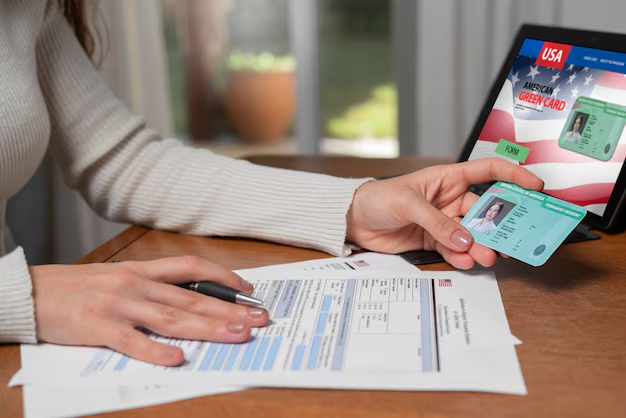Expecting a Minnesota Property Tax Refund? Here’s When You’ll Get It!
Waiting for your Minnesota Property Tax Refund can be a stressful experience, especially if you’re budgeting for upcoming expenses. Understanding the process and knowing what to expect can bring some much-needed peace of mind. Let’s dive into the timeline and what you can do to expedite the process.
Understanding the Property Tax Refund Process
The Minnesota Department of Revenue oversees the distribution of property tax refunds, and if you filed your claim electronically, you can generally anticipate receiving your refund faster. Most often, refunds are processed within 60 to 90 days from the date the return is received. If you filed a paper return, it may take a bit longer due to the manual processing involved.
What Can Delay Your Refund?
Several factors may delay your refund, such as:
- Errors on Your Return: Incorrect information can lead to processing delays.
- Identity Verification: Like many financial processes, security checks can occasionally slow things down.
- High Volume Periods: Filing right at the deadline tends to result in longer waiting times.
If you’re concerned, you can always check the status of your refund through the Where’s My Refund? system on the Minnesota Department of Revenue website. This tool can give you real-time updates on your refund status.
Expediting Your Tax Refund
While some aspects of the refund process are beyond your control, there are several steps you can take to potentially speed things up:
- File Electronically: Electronic filing is processed faster than paper filing.
- Direct Deposit: Opting for a direct deposit rather than a mailed check will ensure you receive your refund as quickly as possible.
- Early Filing: The sooner you file, the sooner it’s processed. Aim to submit your return as soon as you have all necessary documentation.
Beyond the Refund: Exploring Additional Financial Assistance
Getting your property tax refund is a relief, but why stop there? There are numerous additional financial aid options and resources available in Minnesota that can help with everything from education to debt management. Here’s a look at some of these opportunities:
- Government Aid Programs: Programs like SNAP and TANF are designed to assist families in need. Check if you qualify based on income and family size.
- Credit Counseling Services: Struggling with debt? Non-profit credit counseling agencies offer budgeting advice and debt management plans.
- Educational Grants: If pursuing higher education is on your mind, multiple grants are available for both undergraduate and graduate students.
- Energy Assistance Programs: These programs can help cover heating bills during those harsh Minnesota winters.
Staying Informed and Prepared
Navigating financial responsibilities can be overwhelming, especially when waiting for refunds or dealing with unexpected expenses. By staying informed and proactively seeking out resources, you not only enhance your financial stability but also open doors to additional assistance tailored to your needs.
Financial Assistance Highlight List 📋
- 🏘️ Minnesota Housing Finance Agency: Offers down payment and closing cost assistance.
- 🎓 Pell Grant: Federal grants for low-income undergraduate students.
- 💡 Energy Assistance Program (EAP): Helps with home heating bills, weatherization, and energy efficiency.
- 📊 State and Federal Tax Credits: Look into the Earned Income Tax Credit and Child Care Credit.
- 💳 Debt Management Plans: Offered by non-profit agencies to help manage and pay off debts.
- 🎒 Minnesota State Grant: Provides funding to students attending eligible postsecondary institutions in Minnesota.
Taking advantage of these programs and strategies can make a significant impact on your overall financial health and readiness for future opportunities or challenges.
